Huge home storage mistakes driving you crazy
A house full of stuff can drive you crazy but getting your head around it doesn’t mean chucking everything out. There is a saner way to do it.
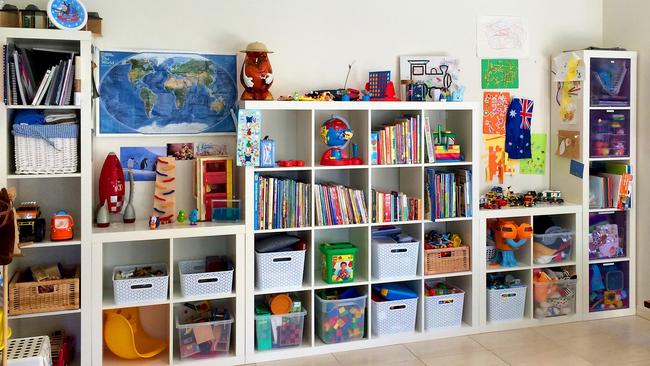
Property
Don't miss out on the headlines from Property. Followed categories will be added to My News.
It can be overwhelming to have a house full of stuff, but with a bit of perseverance and a few simple steps, it is possible to streamline your storage and get rid of the clutter once and for all.
DON’T BUY CONTAINERS YET
If you have random containers and baskets littered around your home from previous attempts at reorganising, you’re not alone.
Influencer and professional organiser Jessica Beileiter from Clean Organised Home says one of the biggest mistakes people make when it comes to reorganising is to purchase storage solutions before they’ve done all the necessary grunt work.
“Always measure first,” she says.
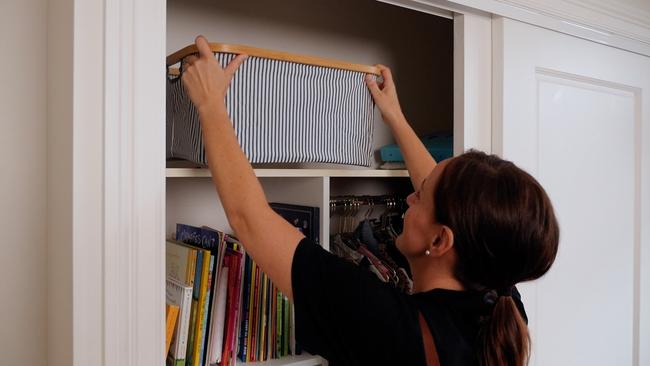
But even before you get out the measuring tape, it’s necessary to go through your stuff and decide what you can give away or throw out, she says.
STEP ONE: DECLUTTER
Founder of An Extra Pair of Hands Annie Williams says despite popular belief, the process of decluttering is not about getting rid of things so you have more space.
“It’s about having things around you that actually serve you,” she says.
She recommends sorting items into different categories based on what you use everyday, what you use sometimes and what you don’t really use anymore.
The things that don’t serve a purpose can either be given away or, in the case of sentimental objects, packed away.
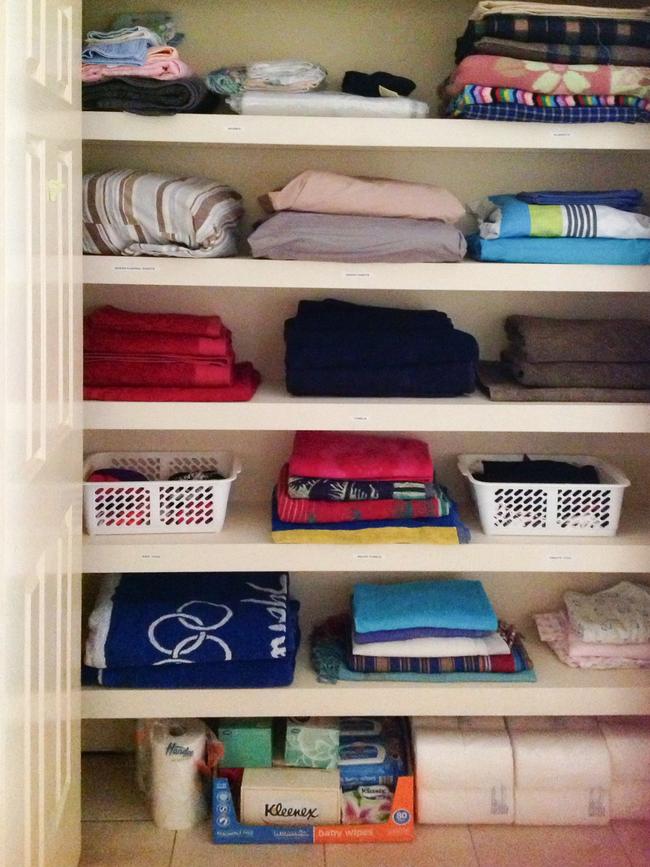
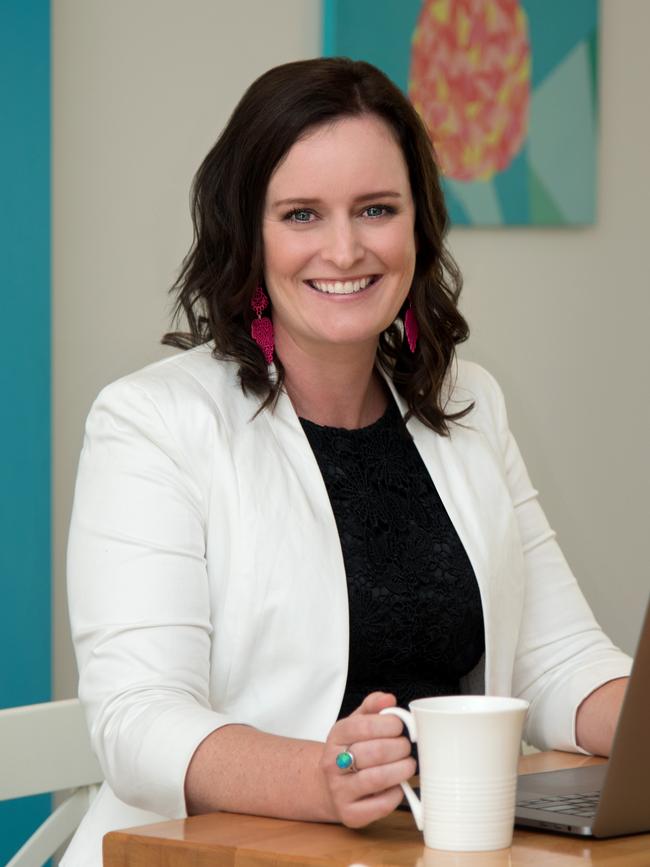
Little Miss Organised owner Bonnie Black says the purge is a vital step in any reorganisation.
“It’s far easier to organise with a lot less stuff,” she says, adding that a space free from clutter has a positive impact on the mind.
“When you downsize the amount of stuff in your house you’ve got more headspace to be able to deal with all the other things that crop up.”
STEP TWO: CATEGORISE
Instead of grouping things together based on what they are, it’s better to think about how each item is used, says Ms Williams.
By grouping things into categories based on how often they are used you can store them in a way that allows easy access.
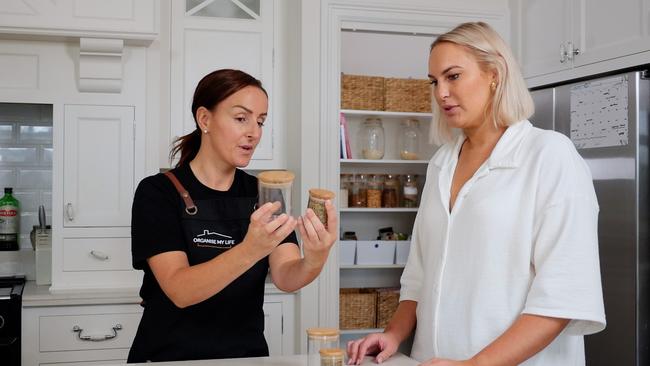
Once you know the “volume” of each category, you can figure out how you will store them.
“Make your spaces work for you rather than you working for your spaces,” she says.
The same thing can be said for where you decide to keep different items. If you paint your nails in the living room, why not keep your nail polish there rather than walking to the bathroom to get it, says Ms Black.
STEP THREE: FIGURE OUT STORAGE SOLUTIONS
“Consider how things are to be used and how they are stored,” says Organise My Life owner Maria Patisso. “For example why keep medicine in a container when you can use a turntable to store everyday products which can be spun around easily?”
It’s also useful to think about storing things vertically in order to keep those flat, horizontal spaces, like the kitchen bench, free to use, says Ms Black.
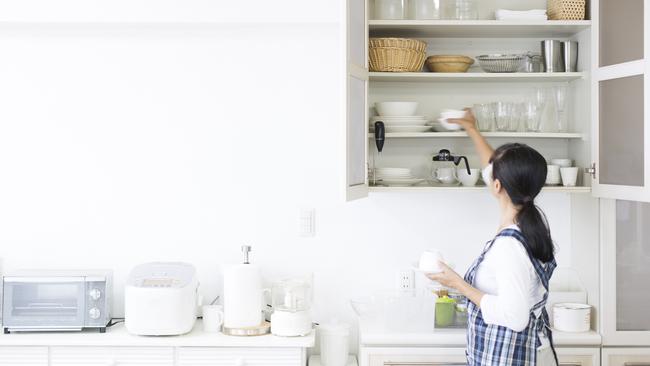
She uses a real estate analogy that can be applied to every cupboard, where anything from hip to shoulder height is “prime real estate” and the top or bottom corner shelves are “outback real estate”. She says stuff you need regularly should go in the prime section, whereas things you use once or twice a year can be stacked in the outback.
Ms Williams says be careful not to “overcontain” your things and only put items that wriggle around into containers while leaving freestanding things free.
“It’s all about creating systems that work for you and your family,” says Ms Beileiter, adding that where you store something should follow everyday movements.
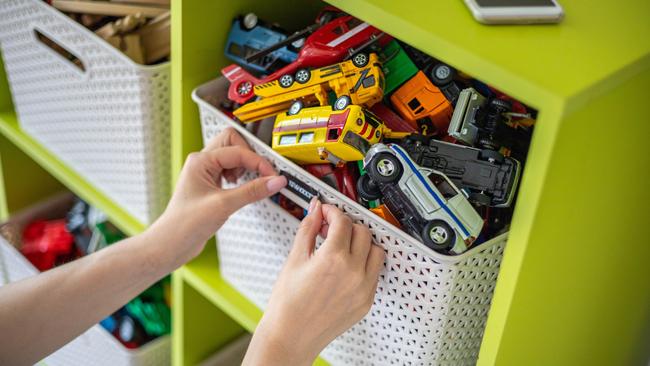
“Say you are a big tea or coffee drinker, store mugs close by to your kettle, this will be much easier than storing them in a cupboard on the other side of the kitchen,” she says.
Once you know where things will be put, look around your home to see if any of your existing containers or shelves will work well in the space before you buy new ones.
Then it’s a matter of labelling so that things are even easier to find, says Ms Patisso. She also recommends taking unwanted items to charity shops or disposal centres straight away to “deter hesitation.”
KIDS ROOMS
If your child is overwhelmed with clutter but doesn’t want to give anything away, why not try a rotational method, says Ms Williams.
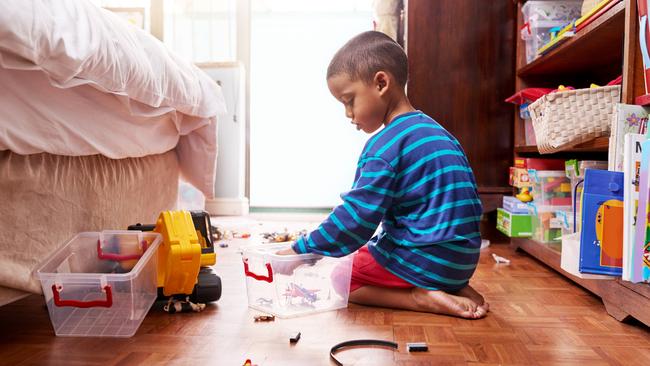
Ask the child to select a few toys from each category, such as Barbies, cars or stuffed animals, and store these within reach, but pack away the remaining toys into containers in the top of their wardrobe.
Every six months or so, get out the other toys and give the child the chance to swap them out.
“It starts to become a bit like opening up a box of gifts,” she says.
“You’re still setting the kids up on the day to day thing and they’ll be able to find things and put them away – it’s very empowering for kids.”
Ms Patisso says the rotation method also means there is less for the kids to pack away at the end of each day – which is surely a win-win for everyone involved.




